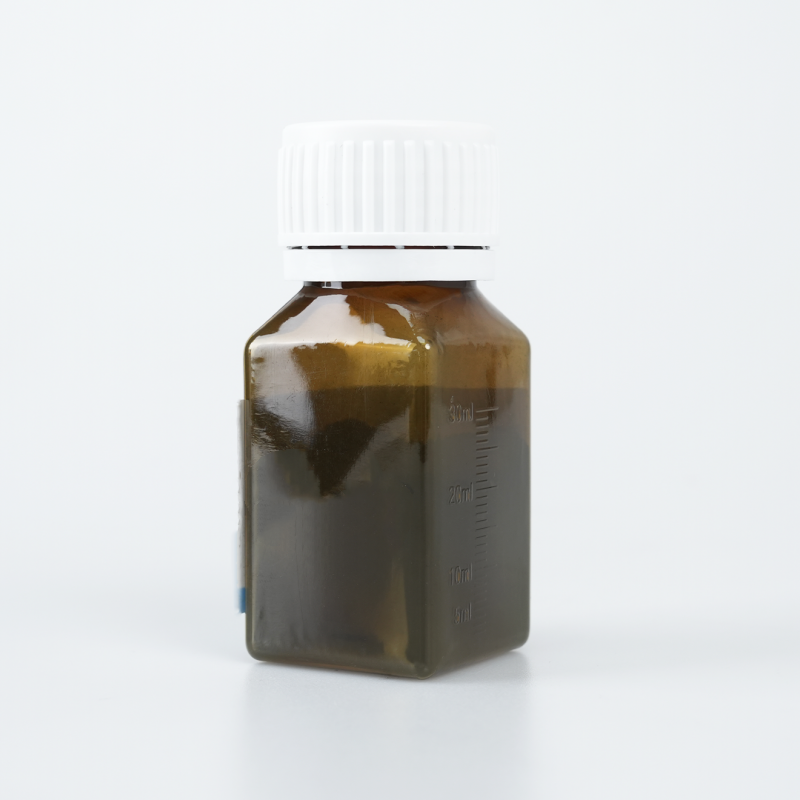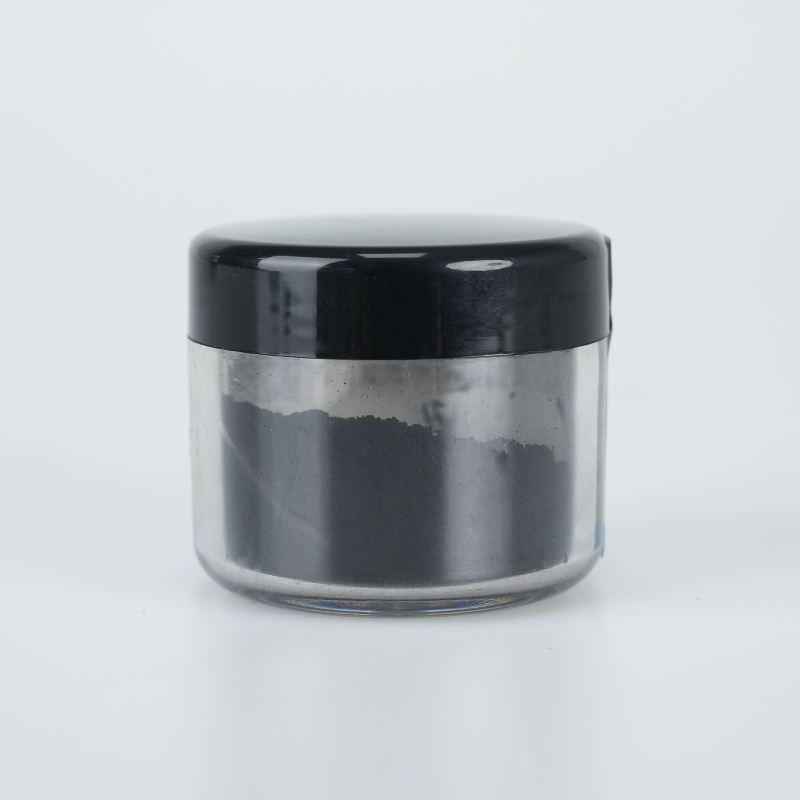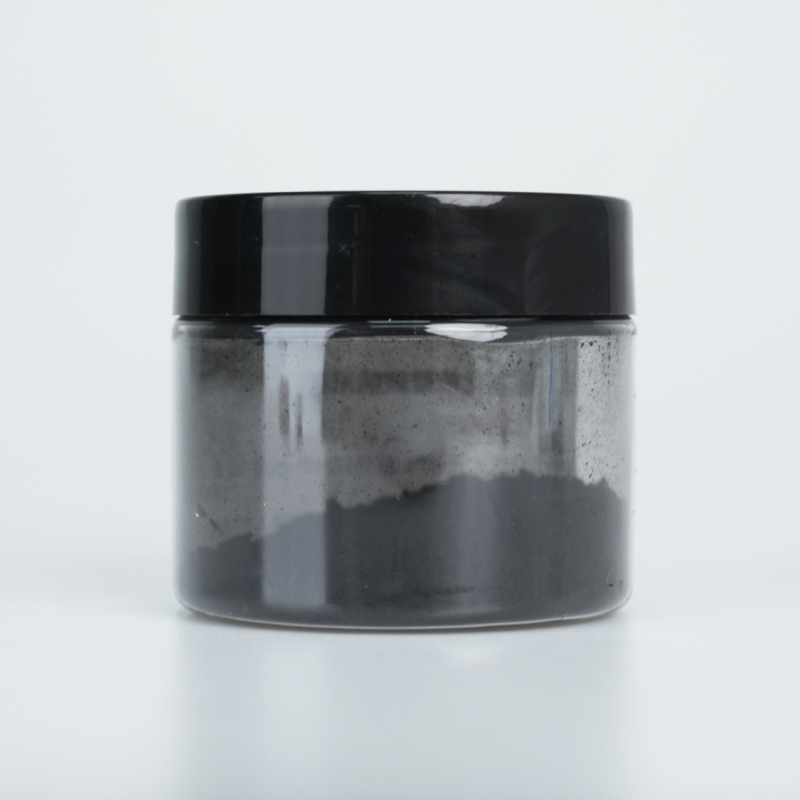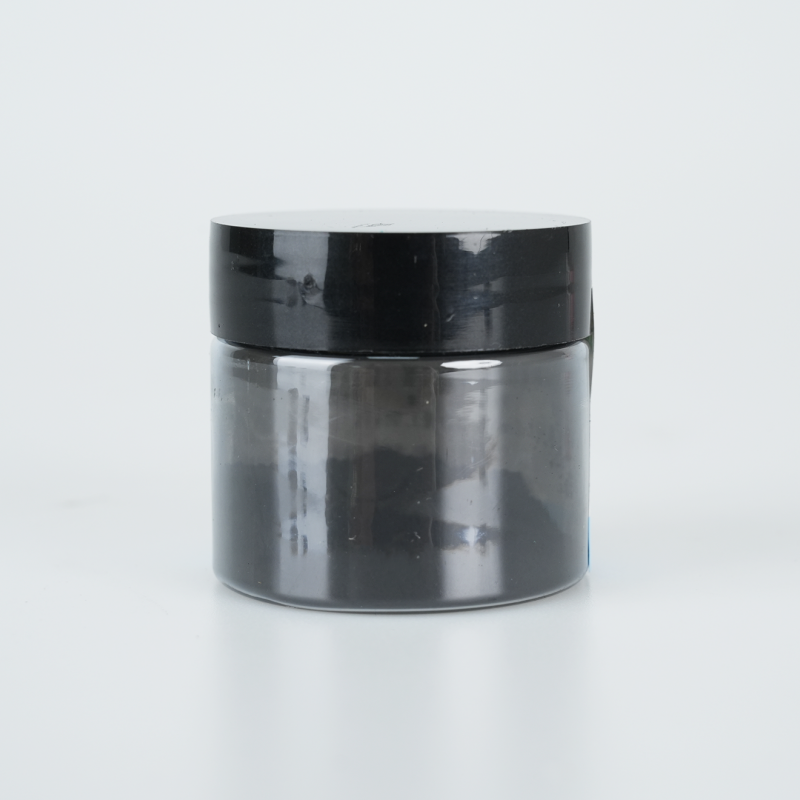Titanate nanotubes provide optimized surface area, superior ion exchange capacity, and enhanced mechanical stability. Designed for catalysis, energy storage, and biomedical applications, they ensure efficient charge transport, extended durability, and high adaptability.
Product Overview
Titanate nanotubes are a new type of one-dimensional nanomaterial, first synthesized by Kasuga et al. in 1998 using a hydrothermal method. Other preparation methods include the template method, anodic oxidation, and hydrothermal synthesis. Hydrothermally prepared titanate nanotubes are known for their small diameter, simple process, and low cost, making them suitable for industrial-scale production. These nanotubes are widely used in fields like solar cells and as catalyst supports. They have also shown promise as photocatalytic materials for pollutant degradation.
Key Features
- Light Energy Conversion:Capable of absorbing and converting light energy, making them suitable for use in optoelectronic devices.
- Photocatalytic/Electrocatalytic Properties:Excellent catalytic activity in photocatalytic and electrocatalytic reactions, useful for degrading organic pollutants and water splitting for hydrogen production.
- Ion Exchange Properties:With ion exchange capabilities, they are ideal for ion-exchange membranes and adsorption separation applications.
- Mechanical Properties:Through specific assembly techniques (such as the disc structure), they possess excellent compressive strength and high porosity, making them suitable for separation and catalysis.
Applications
- Solar Cells:Used as part of the photovoltaic conversion material to enhance the efficiency of solar cells.
- Catalysts:With abundant active surface areas and catalytic properties, titanate nanotubes are widely applied in environmental management and energy conversion fields.
- Sensors:High surface area and sensitive response make them suitable for gas and light sensors.
- Energy Storage Materials:Their porous structure and high surface area provide excellent performance in supercapacitors and other energy storage devices.
- Biomedical Applications:With good biocompatibility, titanate nanotubes are used in drug delivery systems and tissue engineering in the biomedical field.
| Parameter | Value |
| Purity | 99% |
| Diameter | 4-10 nm |
| Length | 100-500 nm |
| Surface Area | 200-300 m²/g |
| Shape | White powder |
Submit Your RequirementsWe will contact you within 24 hours.
 WOBO Scientific Research New Materials One-Stop Service Platform
WOBO Scientific Research New Materials One-Stop Service Platform











